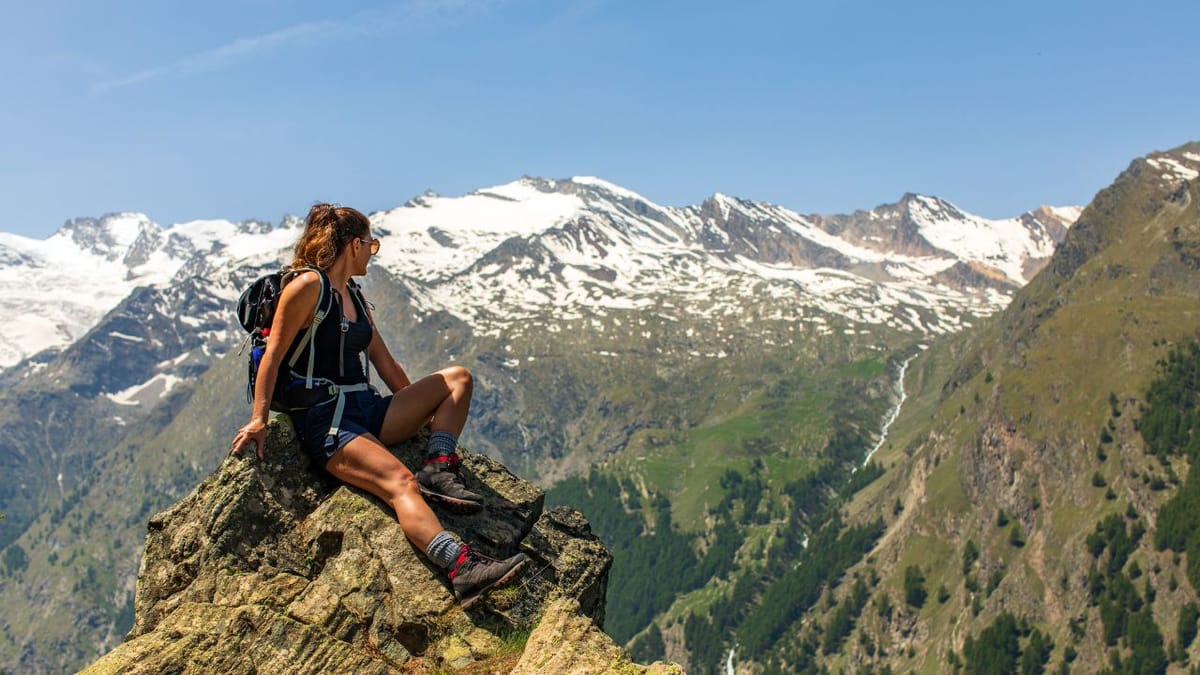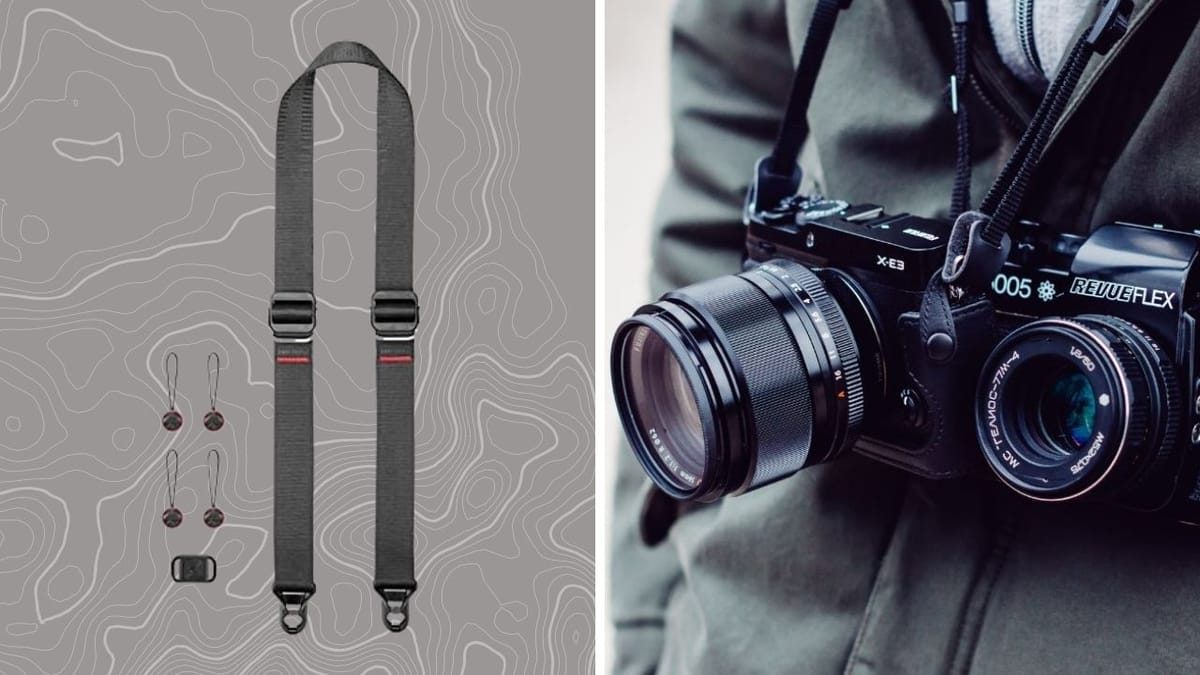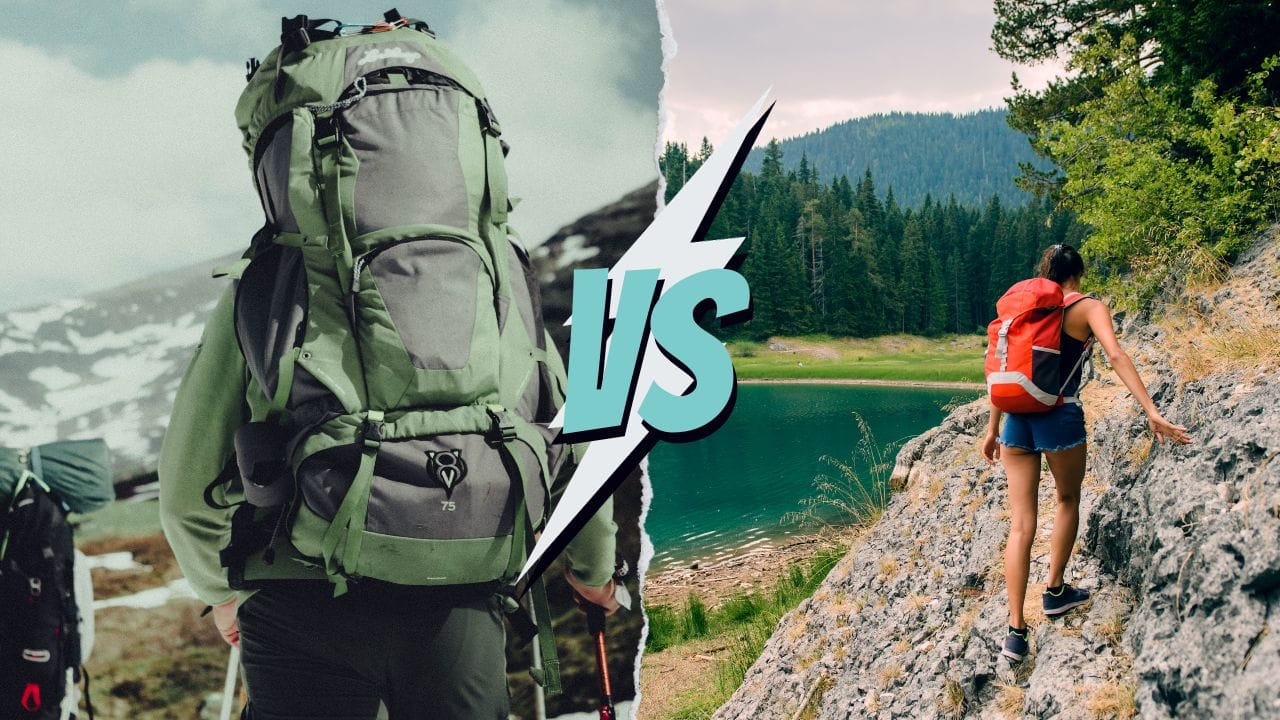
Backpacking vs Hiking: Which Adventure Suits You Best?
Uncover key differences in backpacking vs hiking. Find out what gear, skills, and preparations you need for both!
Are you torn between strapping on a backpack for a multi-day adventure or lacing up your boots for a day on the trails?
You're not alone in this dilemma.
Backpacking and hiking, though similar at first glance, are distinct in their own right. In this article, we'll dive deep into the world of backpacking vs hiking, comparing the skills and preparations needed for each.
Whether you're planning to conquer rugged terrains or simply enjoy a leisurely walk in nature, understanding these differences is key to a fulfilling experience.
Understanding the Basics
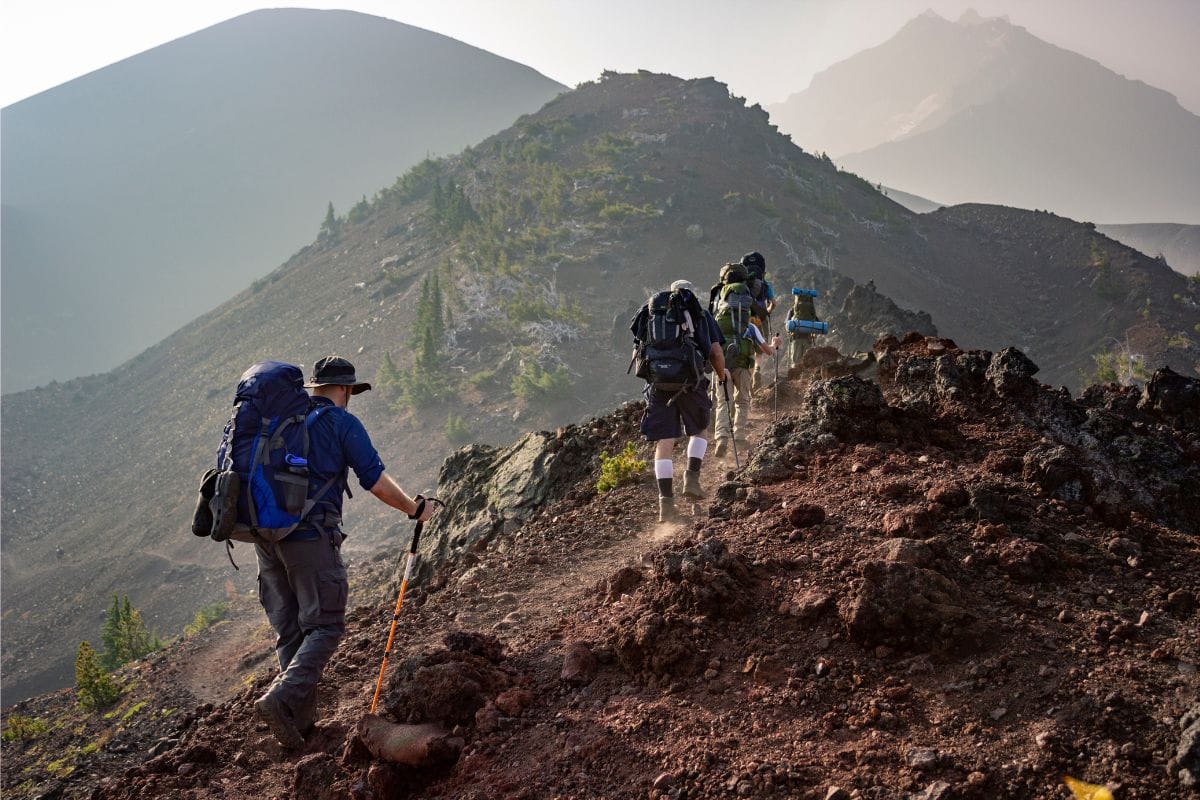
What are Backpacking and Hiking?
Let's start with the basics.
Hiking typically refers to walking on trails or off-trail for a few hours to a full day. It's your chance to connect with nature, get some fresh air, and maybe challenge yourself on a physical level. Think of it as a short, sweet escape from the daily grind.
Backpacking is like the elder sibling of hiking. It's a more intense, longer-duration activity that usually involves carrying all your essentials (like a sleeping bag, tent, and food) on your back.
Backpacking trips can last anywhere from one night to several weeks, taking you through diverse landscapes and testing your endurance and self-sufficiency.
Backpacking Trip vs Day Hike
So, what sets a backpacking trip apart from a day hike?
It's all in the duration and the gear.
For a day hike, you might just need a small pack with water, snacks, a first aid kit, and maybe a rain jacket.
But for a backpacking trip, you're looking at carrying a heavier load – your home away from home. This includes a tent, sleeping bag, cooking equipment, and enough food to last the duration of your journey.
Thru-Hiking: The Ultimate Backpacking Experience
Ever heard of the Appalachian Trail?
It's a classic example of thru-hiking – tackling a long-distance trail end-to-end in one go.
Thru-hiking is the ultimate test of backpacking skills, requiring extensive preparation, physical stamina, and mental grit.
It's not just about traversing miles; it's about embracing a unique lifestyle for the duration of the hike, which can be several months. Thru-hikers learn to adapt to varying conditions, manage resources, and often discover a lot about themselves in the process.
Getting Your Gear Right: Day Hiking vs. Backpacking
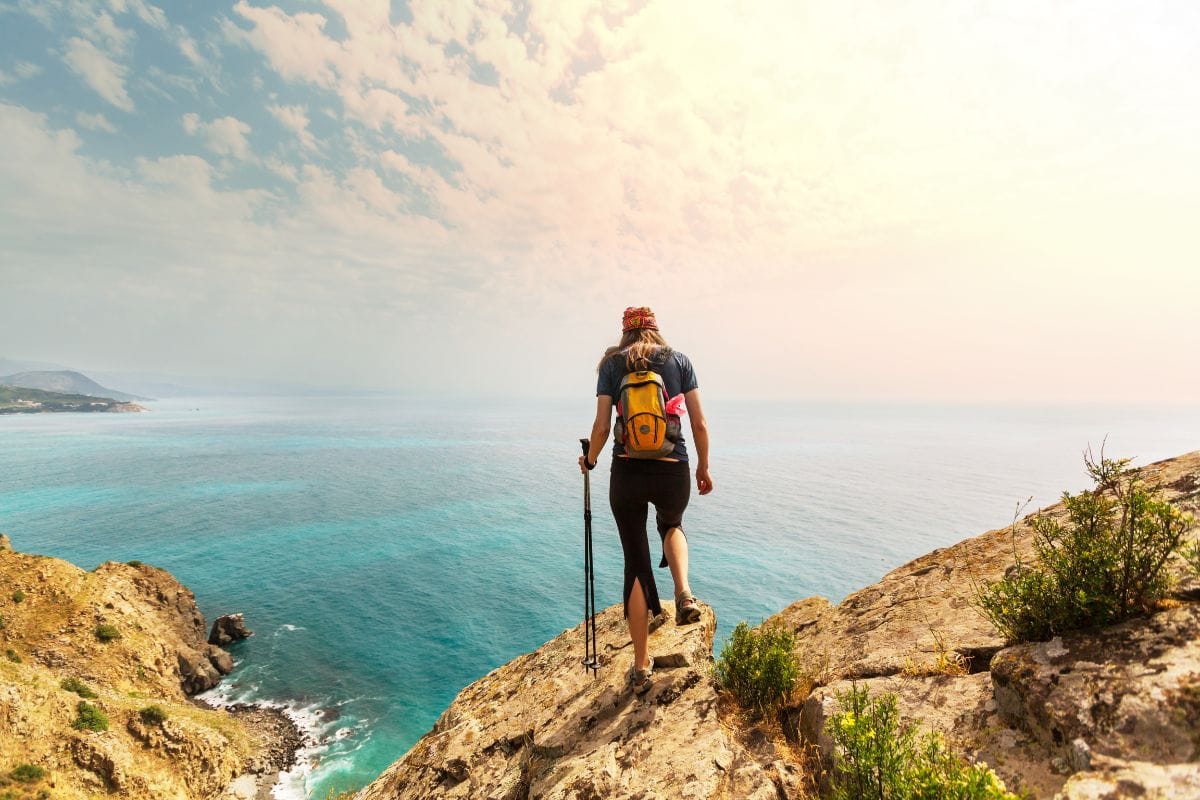
Alright, let's talk gear! The stuff you pack can make or break your outdoor adventure.
Whether you're going for a day hike or embarking on a multi-day backpacking trip, choosing the right gear is crucial.
Day Hiking Gear: Light and Efficient
When you're out for a day hike, think light and efficient. Your backpack should be like a trusty sidekick – there to support, not to burden.
What do you need?
A hydration pack or water bottles, energy-rich snacks (think trail mix or energy bars), a basic first aid kit, and perhaps a lightweight rain jacket.
Don't forget your map and compass or GPS – technology is great, but old-school navigation can be a lifesaver when batteries die.
>>RELATED Going Off-Trail | What To Take Hiking
Backpacking Gear: Your Home on the Trail
Now, for backpacking, it's a whole different ball game.
You're essentially carrying your home on your back, so every item counts. Your pack will be larger, with compartments for a tent, sleeping bag, cooking equipment, food supplies, extra clothing layers, and more.
It's a balancing act between packing enough to be prepared and keeping your pack weight manageable. Remember, the golden rule is that your backpack should not weigh more than 20% of your body weight.
Footwear: Choosing the Right Boots
Footwear is where the rubber meets the road, quite literally.
For day hikes, a sturdy pair of hiking boots or even trail running shoes will do. Look for good grip, comfort, and ankle support, especially if you're traversing uneven terrain.
Backpacking trips call for more robust footwear. You need boots that can handle the extra weight you're carrying and provide stability on varied terrains, from muddy paths to rocky inclines.
Look for boots with good cushioning, support, and weather resistance.
>>RELATED How to Choose Hiking Boots and Find Your Perfect Fit
Specialized Equipment: The Extras That Count
- Sleeping Bags: For a cozy night under the stars, your sleeping bag needs to match the climate. A lightweight, compact bag is fine for summer, but if you're heading into colder environments, opt for something with more insulation. Check the temperature rating to ensure it fits your needs.
- Cooking Equipment: On a day hike, you might get away with snacks and sandwiches. Backpacking? You'll be a trailside chef. A compact stove, fuel, a pot, and some utensils will do. Pre-planned, easy-to-cook meals can make your life much easier. Think dehydrated meals, instant noodles, or oatmeal. And always remember to pack out what you pack in to keep our trails clean.
- Trekking Poles: Often overlooked but immensely helpful, trekking poles can reduce the impact on your knees, especially while descending. They're great for maintaining balance on uneven terrain and can even be used to test the depth of a stream before you wade through.
>>RELATED 5 Best Budget Trekking Poles To Take You To New Heights!
Physical and Mental Preparedness
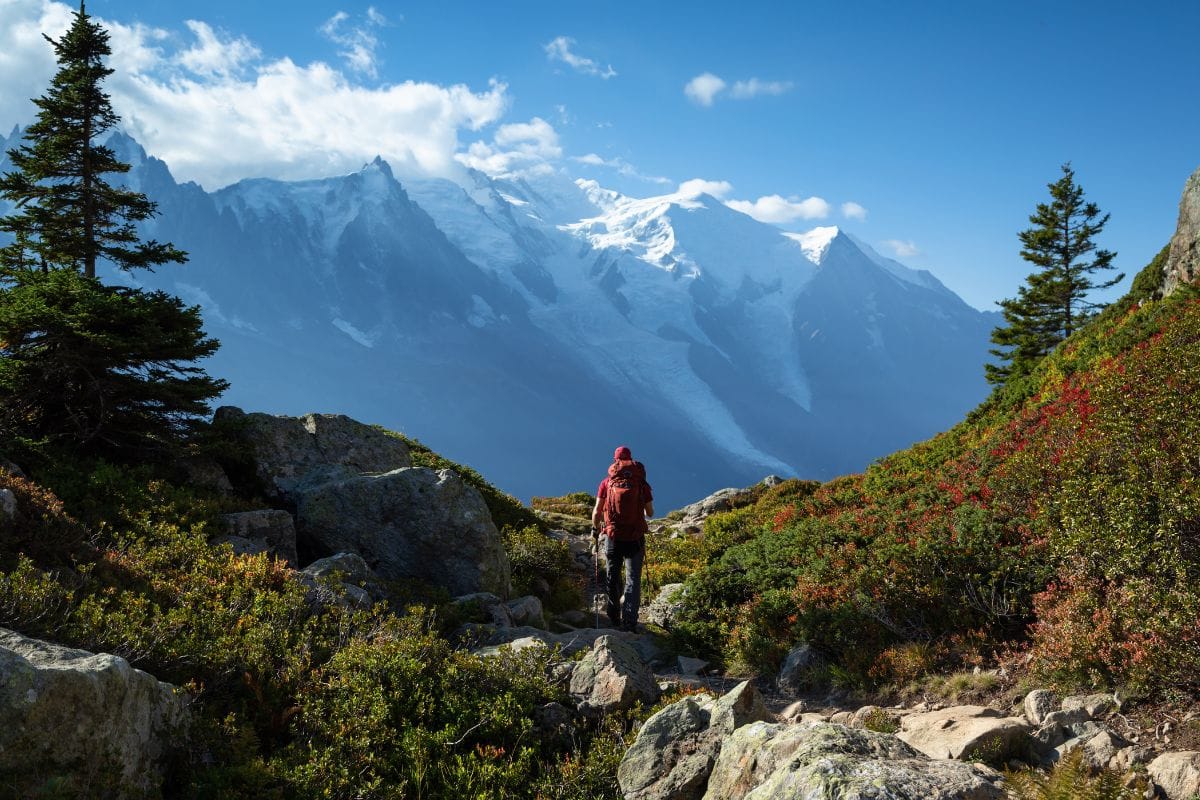
Let's get physical!
But, seriously, physical fitness is a huge part of enjoying your outdoor adventures, whether it's a serene day hike or an epic backpacking trip.
Day hikes, while generally less demanding, still require a good level of fitness, especially if you're tackling hilly or uneven terrain.
Remember, even a few miles on the trail can be challenging if you're not used to physical activity.
Backpacking trips, on the other hand, are the marathons of the hiking world. You'll need endurance to carry a heavier pack over longer distances, often for multiple days.
In addition to cardio and strength training, focus on exercises that improve your endurance. Long walks with a weighted backpack can be an excellent way to train.
Mind Over Mountain: The Mental Game
Now, let's talk about the mental side of things. Mental toughness is as important as physical strength, especially for long-distance backpacking.
- For day hikes, a positive attitude and a bit of determination are usually enough to get you through. It's about enjoying the moment and the beauty around you.
- For longer hikes, however, you need to prepare for mental challenges as well. Long-distance backpacking can be a test of willpower, with challenges like fatigue, boredom, and even loneliness. It's important to set realistic goals and have a strong reason or motivation for your hike. Keep your spirits up by celebrating small milestones along the way.
- Building Endurance: Ever heard of "trail legs"? It's a term hikers use to describe the point where your body has adapted to the daily grind of hiking. It usually takes a few days or even weeks to develop these. Your legs become stronger, and the backpack feels less like a burden. The key is to start slow and give your body time to adjust to the rigors of the trail.
Solitude and Extreme Conditions: Coping Strategies
Backpacking often means embracing solitude and facing extreme conditions.
Whether it's inclement weather, difficult terrain, or just being alone with your thoughts, being mentally prepared is crucial.
- Stay Connected: Keeping a journal or taking photos can help you feel connected and give you a way to share your experiences later.
- Safety First: Always let someone know your itinerary and expected return time.
- Learn Basic Survival Skills: Knowing how to start a fire, find shelter, or navigate can be incredibly empowering.
- Embrace the Experience: Learn to enjoy your own company and the unique peace that comes with being in nature.
Navigation and Safety Skills
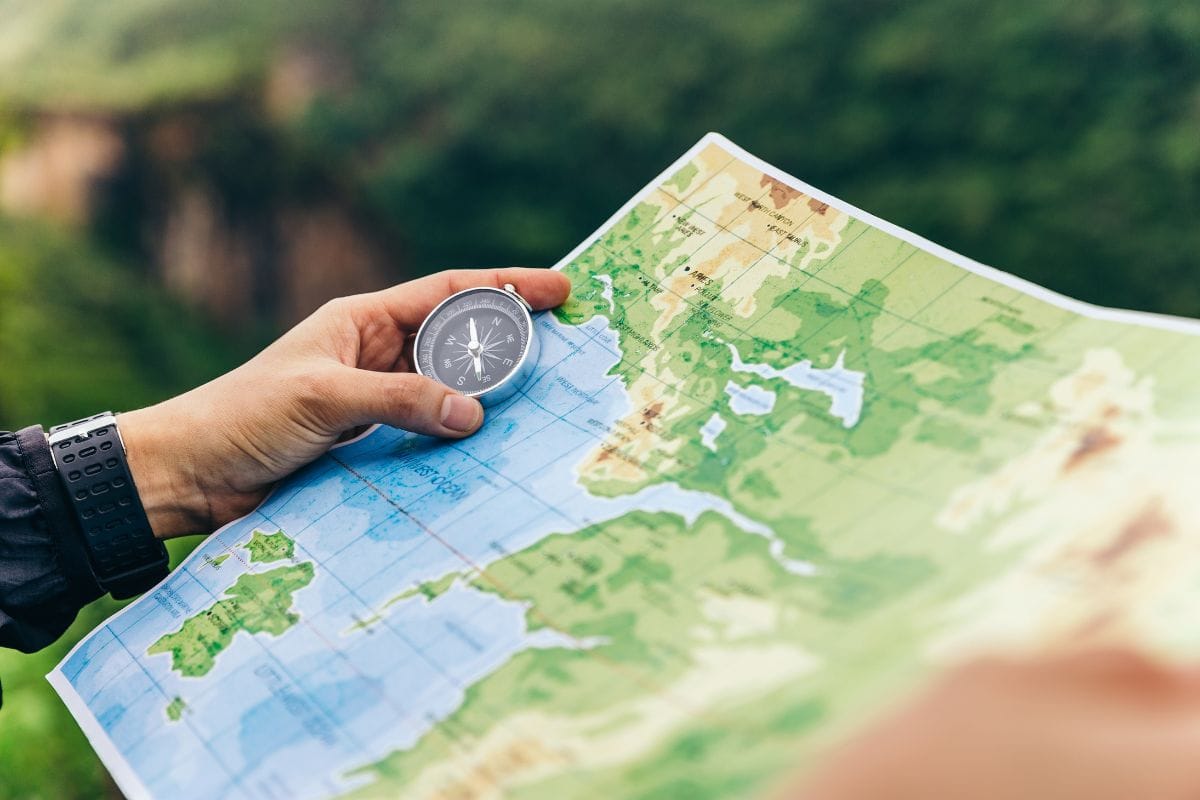
Ready to find your way through the wilderness?
Whether you're out for a day hike or deep into a backpacking trip, knowing how to navigate is essential.
Map and Compass: Sure, we've got GPS these days, but the classic combo of a map and compass never fails – no batteries required!
GPS and Tech Tools: GPS devices and smartphone apps can be fantastic tools for navigation, offering real-time location tracking and route planning. Just remember, gadgets can fail, so always have a physical map and compass as a backup.
First Aid: Let's talk safety, starting with first aid. Accidents happen, and when they do, being prepared can make all the difference.
It's not just about having the kit, though – you should know how to use it. Consider taking a basic first aid course; it's an invaluable skill, on and off the trail.
Wildlife Encounters: Encountering wildlife is part of the outdoor experience, but it's important to do so safely.
Research the wildlife you might encounter on your route. Are there bears? Snakes? Knowing what to expect helps you prepare.
Weather Awareness: Weather can change rapidly, especially in mountainous areas. A sunny day can turn into a thunderstorm in no time.
Heat and Sun: In hot weather, hydration is key. Drink plenty of water and protect yourself from the sun with a hat and sunscreen.
Cold and Snow: In colder climates, hypothermia is a real risk. Dress in layers and keep dry. If you get wet, change into dry clothes as soon as possible.
Practical Skills and Tips
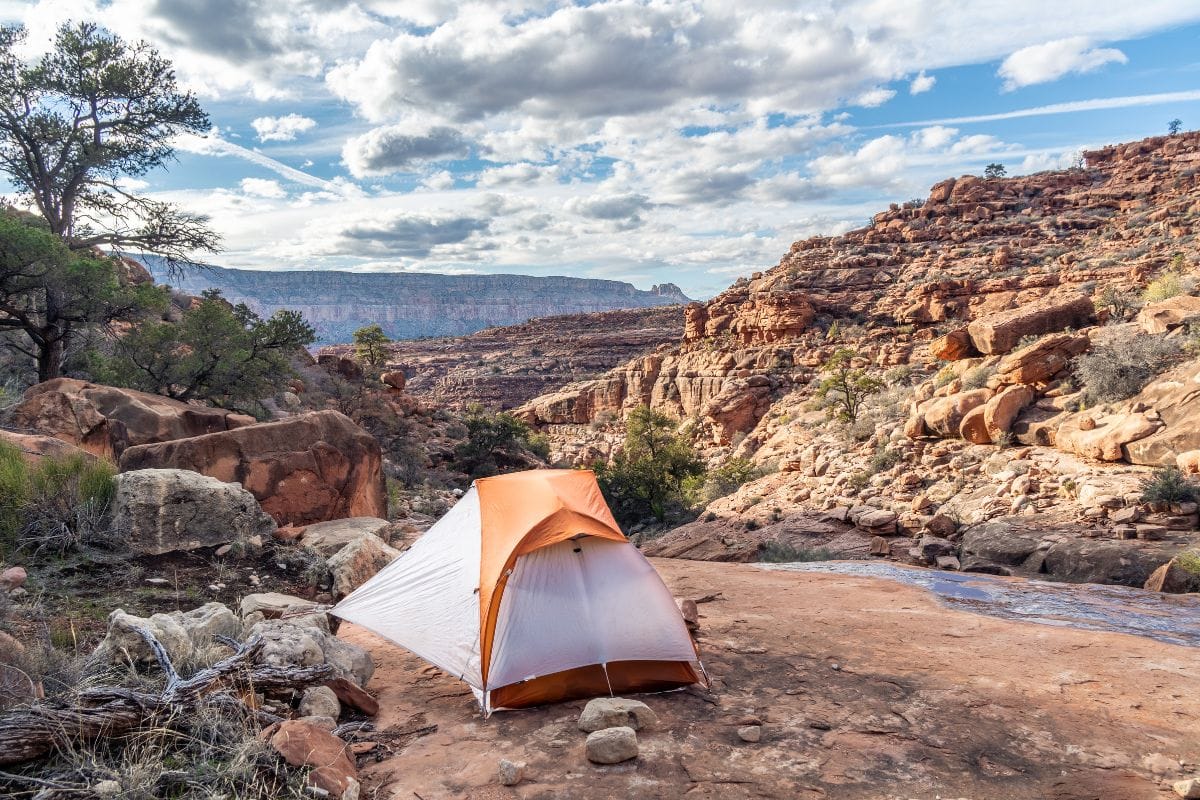
Alright, you've reached your destination for the day, and now it's time to set up camp. This is where you get to create your own little oasis in the wilderness.
Tent Pitching 101: First things first, choose a flat, dry spot for your tent. Avoid areas under lone trees (hello, lightning risk) and look for natural windbreaks.
Cooking in the Wild: Cooking outdoors can be one of the most enjoyable parts of your trip. If you're backpacking, a small, lightweight stove is your best bet. As for food, keep it simple.
Just remember to cook away from your tent to avoid attracting wildlife.
Pack Weight Management: Lighten Your Load
Carrying a heavy pack can quickly sap your energy and joy. Let's talk about how to pack smart and light.
Choose the Right Backpack: Your backpack is your most important piece of gear. Make sure it's the right size for your body and has enough space for your gear without being too large. A pack with a good hip belt can help distribute weight away from your shoulders.
Packing Tips: Pack the heaviest items close to your back and centered. This improves balance and reduces strain. Clothes can be rolled to save space. And remember, every ounce counts, so ask yourself if you really need that extra item.
>>RELATED How to Pack a Hiking Backpack Without Regret
Footwear: Your feet are your most valuable asset out on the trail. Choosing the right footwear can make a world of difference.
For day hikes on well-maintained trails, lightweight hiking shoes or trail runners are often enough.
But for rough terrain and heavy packs, you'll want sturdy boots with good ankle support and a rugged sole. Always break in new footwear before a long trip to avoid blisters.
Water Sourcing and Purification: Staying hydrated is crucial, but you can't always carry all the water you need. So, knowing how to source and purify water is key.
Streams, lakes, and springs are good sources, but always purify the water. Even the clearest mountain stream can contain harmful bacteria or parasites.
Boiling is the most reliable method, but it's not always practical. Water filters and purification tablets are great alternatives. Filters can remove most pathogens, while purification tablets or drops can kill bacteria and viruses.
Special Considerations
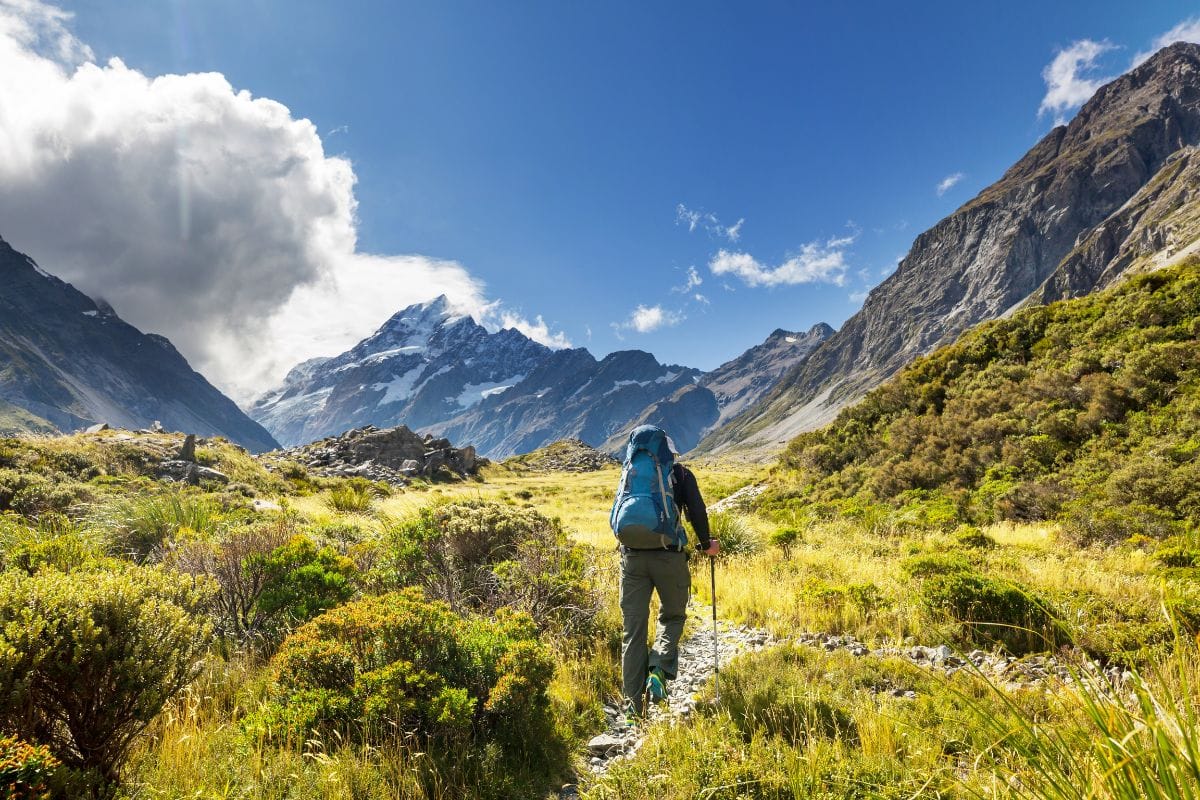
Ready to expand your horizons?
Hiking and backpacking can take you to some of the most breathtaking places on Earth, from the dense jungles of Southeast Asia to the rugged bush of New Zealand. But each of these environments comes with its own set of challenges and wonders.
Southeast Asia: A Tropical Adventure
Think lush rainforests, vibrant wildlife, and yes, humidity. When backpacking or hiking in regions like Southeast Asia, lightweight, breathable clothing is a must to combat the moisture-heavy air.
Waterproof gear is also essential – those tropical downpours can surprise you! And let's not forget about insects; a good repellent and a mosquito net can be your best friends.
New Zealand Bush: Rugged and Majestic
In contrast, the New Zealand bush offers cooler temperatures and diverse terrain, from coastal walks to alpine treks.
Layering your clothing is key here, as weather can change quickly. Also, sturdy, waterproof hiking boots are a must, as trails can be slippery and uneven.
Personal Preference: Hiking vs. Backpacking
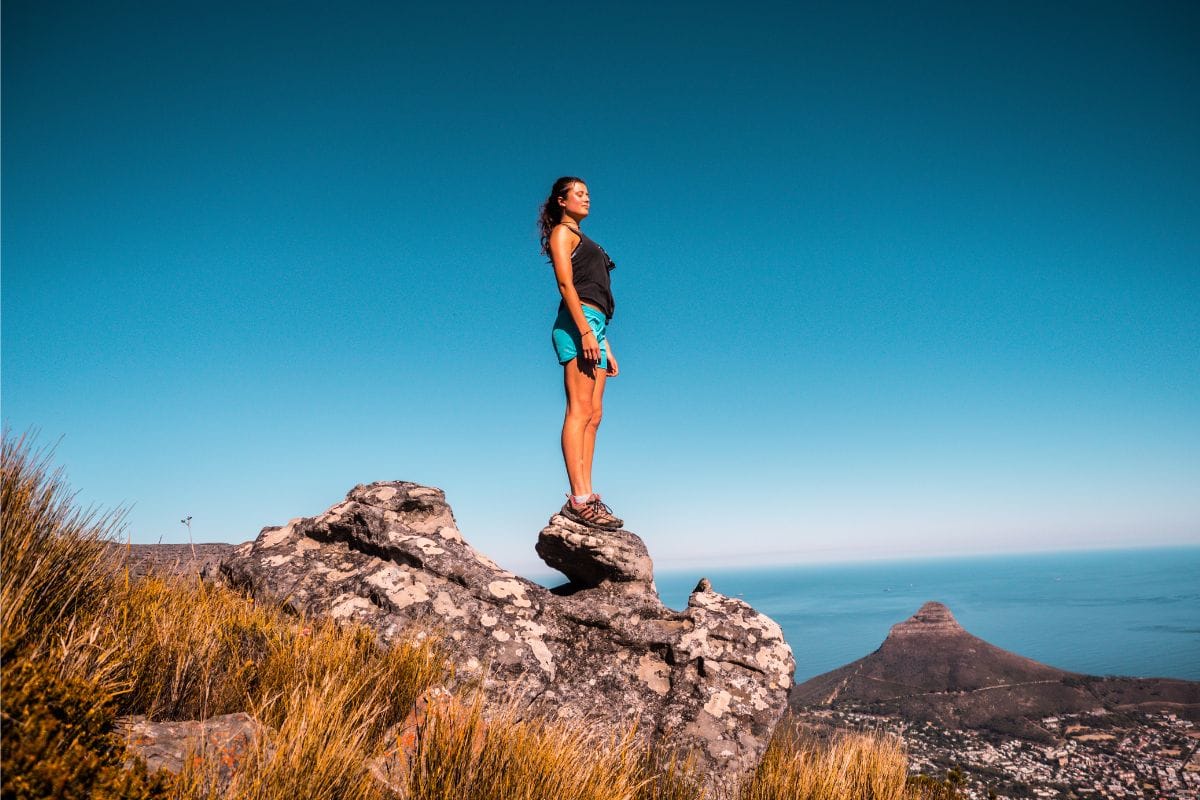
Now, let's talk about you. Your choice between hiking and backpacking might come down to personal preference.
Do you relish the idea of carrying all your gear and being self-sufficient for days? Or does a light daypack and the thought of sleeping in your own bed after a hike sound more appealing?
There's no right or wrong answer here – it's all about what makes you happy and fits your lifestyle.
Off-Trail Adventures: Going Beyond the Beaten Path
Feeling adventurous? Off-trail hiking or backpacking can be thrilling, but it also requires extra preparation and skills.
Navigation Skills: When you leave the marked trails, your navigation skills become crucial. Brush up on reading topographic maps and using a compass. GPS devices are great, but remember, they can fail, so don't rely on them entirely.
Know the Risks: Off-trail means more rugged terrain and potentially more hazards – think unsteady ground, thicker vegetation, and wildlife. Always let someone know your plans and expected return time.
Physical Preparation: Off-trail hiking is often more physically demanding. Make sure you're in good shape and have the right gear for the terrain you'll be encountering. And always pack extra food and water, just in case.
Sustainability and Environmental Impact
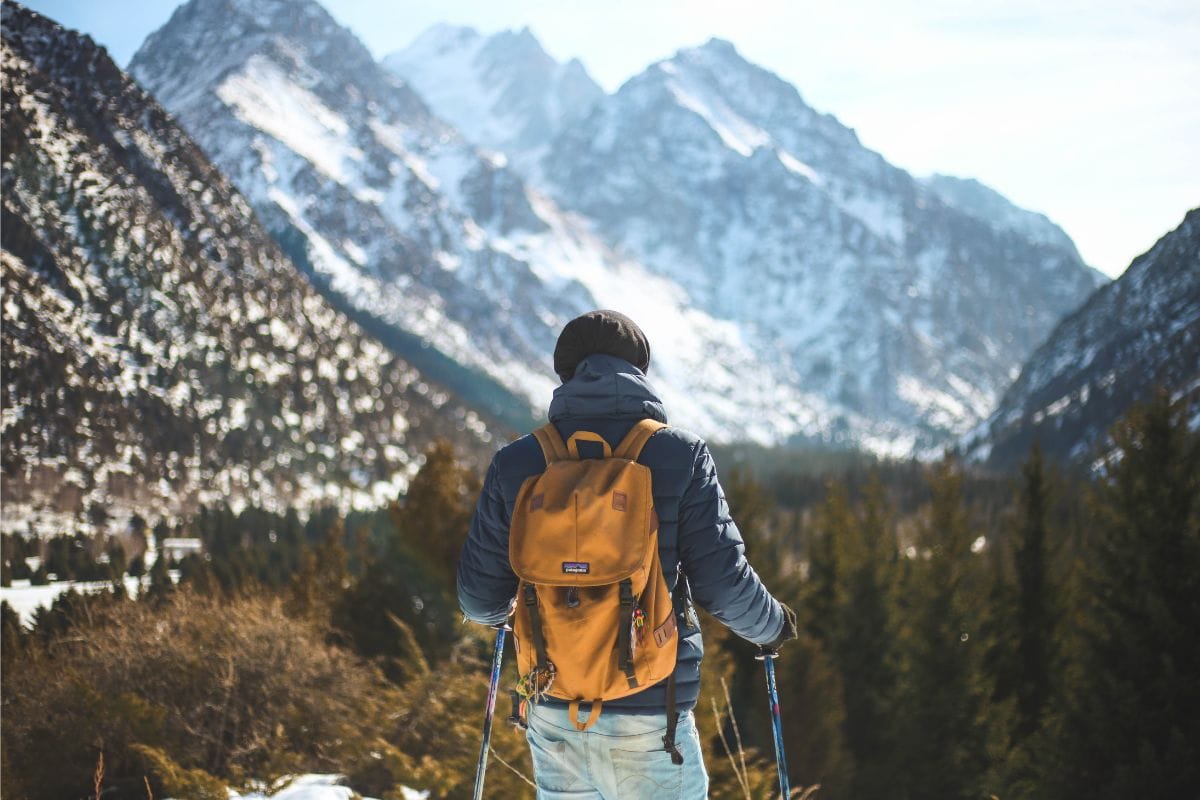
You know what's just as important as enjoying the great outdoors?
Keeping it pristine for future adventurers. Let's talk about how you can minimize your environmental impact while hiking and backpacking.
Leave No Trace Principles
The Leave No Trace principles are your roadmap to environmentally friendly outdoor activities. They include:
- Plan Ahead and Prepare: Know the regulations and special concerns of the area you'll visit.
- Travel and Camp on Durable Surfaces: Stick to trails and camp at designated sites.
- Dispose of Waste Properly: Pack out all your trash, leftover food, and litter. Yes, this includes those biodegradable items!
- Leave What You Find: Take photos, not souvenirs. Leave rocks, plants, and other natural objects as you find them.
- Minimize Campfire Impact: Use a stove for cooking and enjoy a lantern for light.
- Respect Wildlife: Observe wildlife from a distance and never feed them.
- Be Considerate of Other Visitors: Keep the noise down and let nature's sounds prevail.
Beyond the Leave No Trace Principles: Think about using eco-friendly gear, like biodegradable soap, or gear made from recycled materials. Carpooling to trailheads or using public transportation can also reduce your carbon footprint.
Frequently Asked Questions
Is backpacking just hiking?
No, backpacking is not just hiking. Backpacking involves carrying all your gear for overnight stays in nature, while hiking is usually just walking on trails for the day without sleeping outside. Backpacking requires more preparation and equipment than hiking.
What is the point of backpacking?
The point of backpacking is to explore nature and have adventures while carrying all you need on your back. It's a way to see beautiful places, challenge yourself, and enjoy camping outdoors. Backpacking lets you travel deeper into nature than just a day hike.
What is the main difference between backpacking and hiking?
The main difference is the duration and the amount of gear carried. Hiking is typically a day activity that involves a light pack with essentials, while backpacking is an extended trip that requires carrying all the necessary gear for camping, including a tent, sleeping bag, and food for multiple days.
What is the difference between a thru-hiker and a backpacker?
A thru-hiker walks a long trail from start to finish in one go, like the whole Appalachian Trail. A backpacker can go on shorter trips, carrying their stuff, but doesn't have to finish a whole long trail. Thru-hiking is a big commitment, while backpacking can be for just a few days.
What is the difference between backcountry and backpacking?
Backcountry refers to wild, remote natural areas far from towns and cities. Backpacking is an activity where you carry all your gear on your back for overnight trips, often in the backcountry. So, the backcountry is a place, while backpacking is something you do.
Do I need different boots for hiking and backpacking?
Yes, generally speaking, hiking boots are designed for shorter distances and lighter loads, offering comfort and flexibility. Backpacking boots, on the other hand, provide more support and durability to handle the extra weight of a heavy pack and rough terrain over multiple days.
Can beginners go on backpacking trips?
Absolutely! Beginners can enjoy backpacking by starting with shorter trips to build up their experience. It's important to research and prepare adequately, ensuring you have the right gear and knowledge to handle the challenges of backpacking safely.
Before You Go...
